When I was a kid, every summer holidays I and my siblings will go to our grandparents’ home to spend the holidays. It used to be the best time of our life as we will be doted over and pampered. We would have no worries in the world – no school, no homework. Play was all that we did.
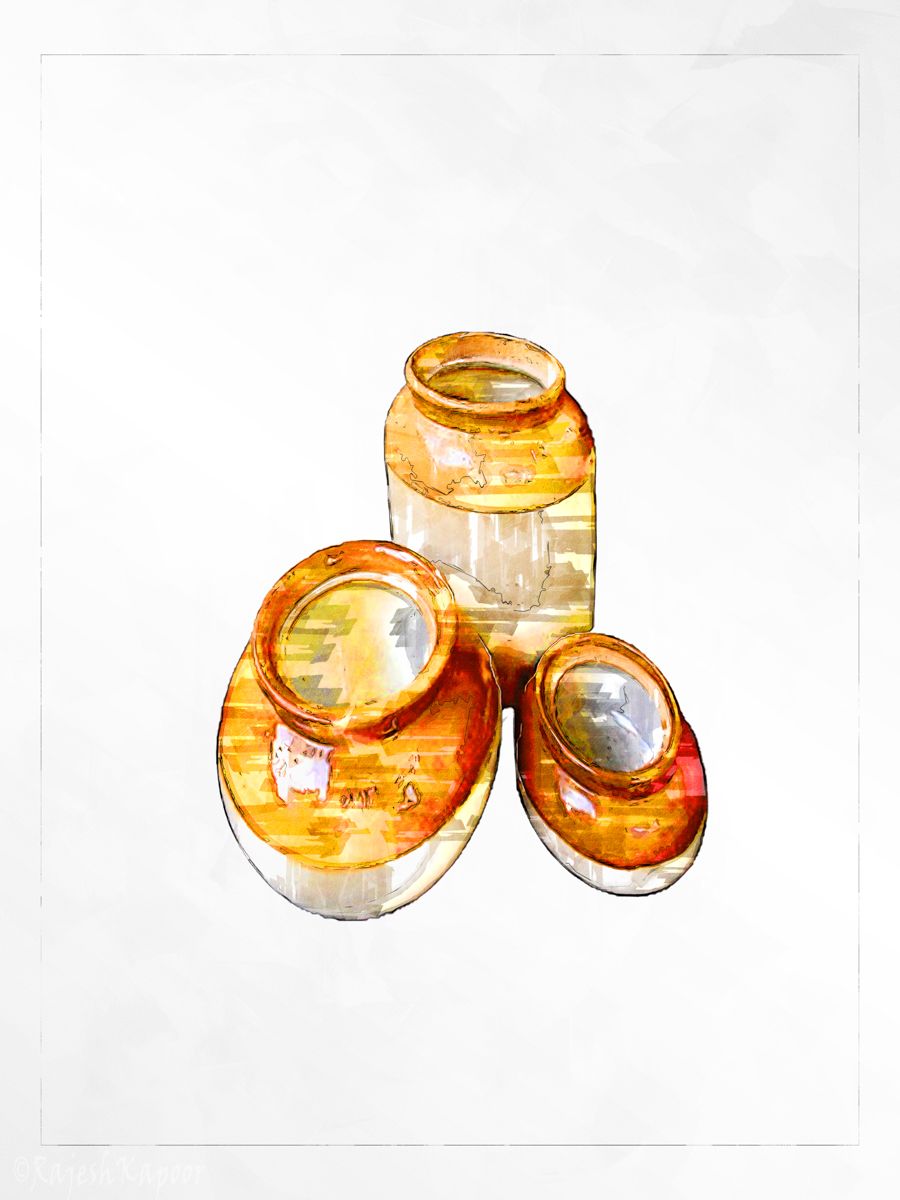
Martaban 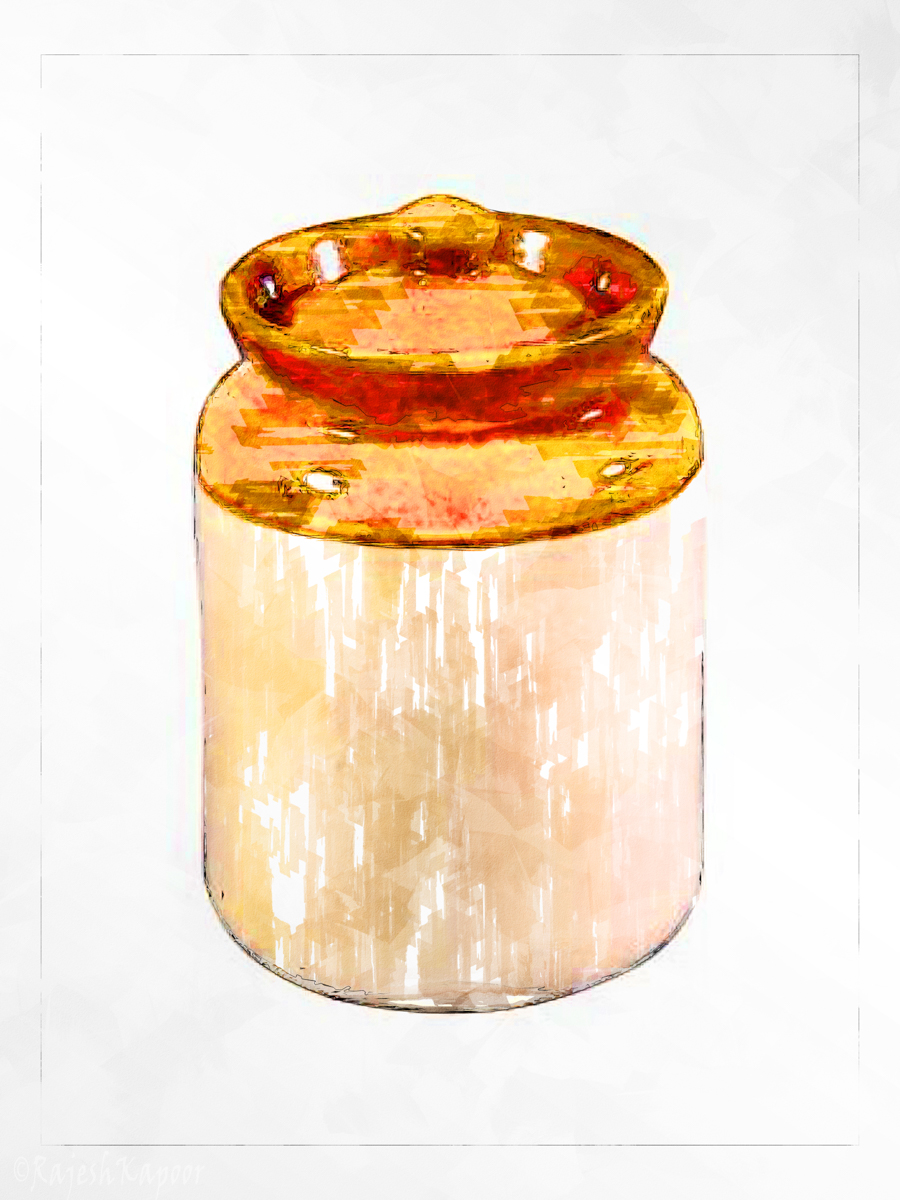
Martaban 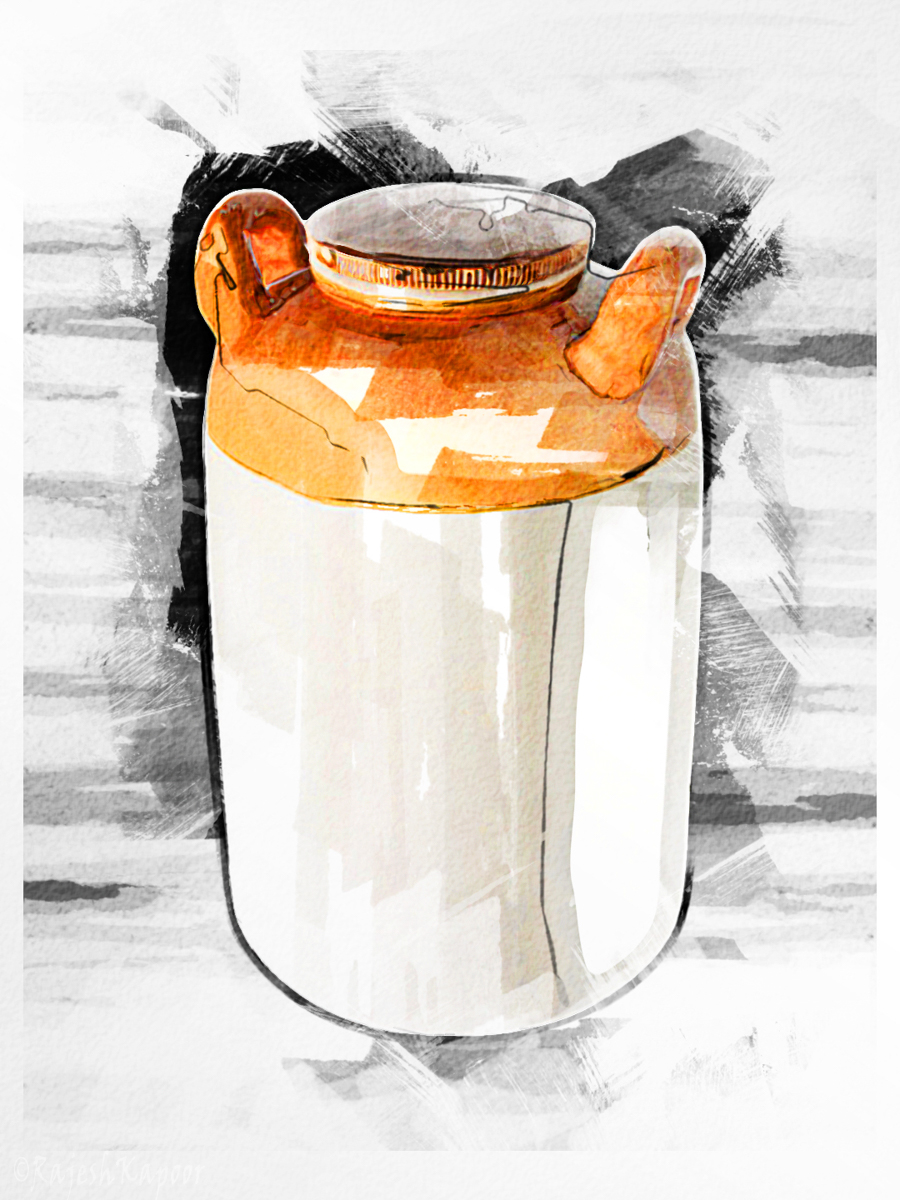
Martaban
The house, a very large one, had a number of small almirahs and these would be full of brown and white pickle jars. ‘Martaban’ these jars were called. In fact in most of northern India these ceramic jars were always known as Martaban. In western India these are called ‘barni’ and in south, probably, ‘jaadi’.
A few months back, while searching for some information over net, I came across a word Martevaan, for ceramic jars, in South Africa. I thought that a Hindi word has found its way to South Africa. I assumed that it must have been through Indians who migrated to those lands. However, I was in for a big surprise.
Trying to find out a bit more about Martevaan and its origin, I was astounded that the word martaban is from the Burmese (now Myanmar) town of the same name – Martaban, a major trading centre in medieval times. It seems that even the traders from the western coast of India, as long back as 15th/16th century AD, traded with Martaban. Duarte Barbosa, while writing about Rander had this to say –
“there is a river on the hither side of which stands a Moorish town named Reynel,(Rander) wherein are very fair houses and open places. It is a very pleasant and wealthy place, for the Moorish inhabitants thereof trade in their own ships with Malaca, Benguala, Camarasym and Peguu, also to Martabam and Camatra, in spices of diverse sorts and drugs and silks in great abundance, musk, benzoin, porcelain and many other wares.” (The Book of Duarte Barbosa by Mansel Longworth Dames)
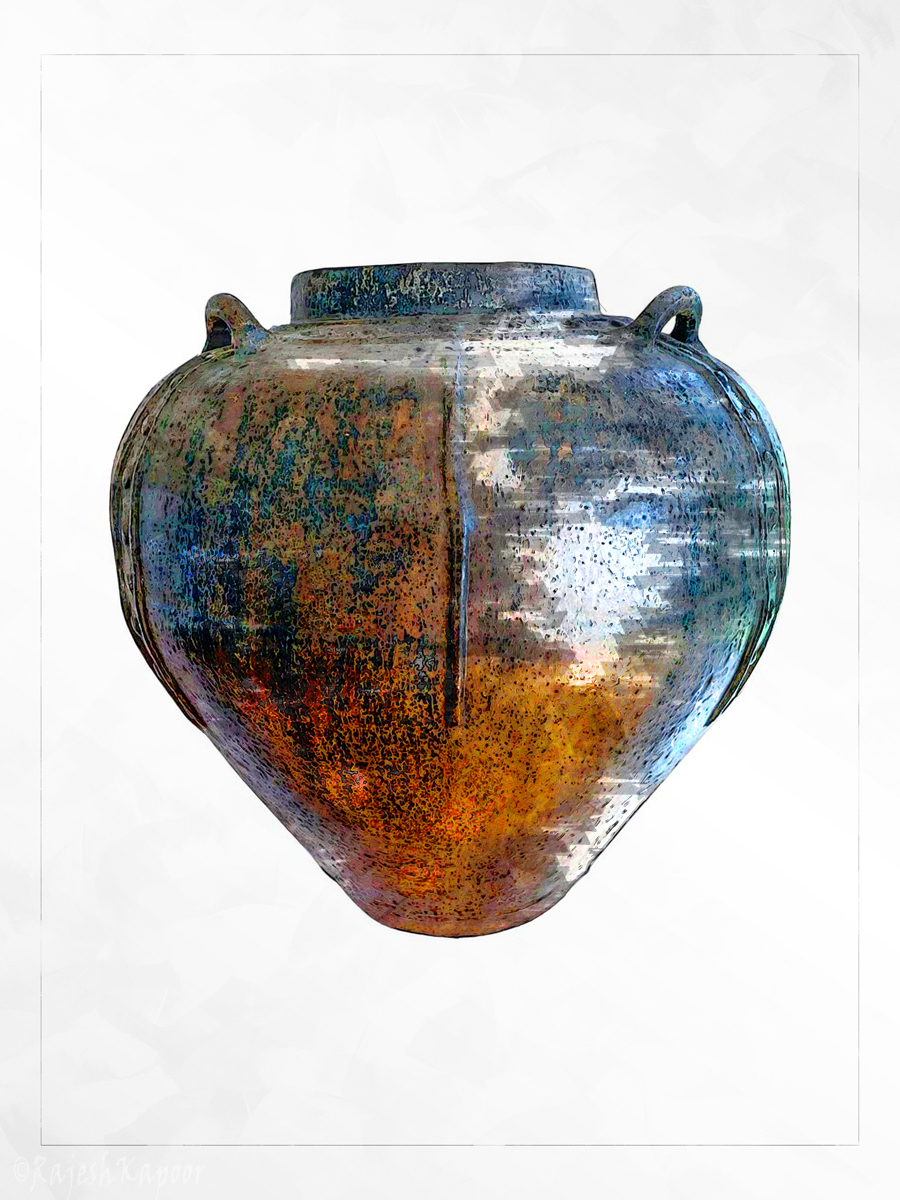
Martaban 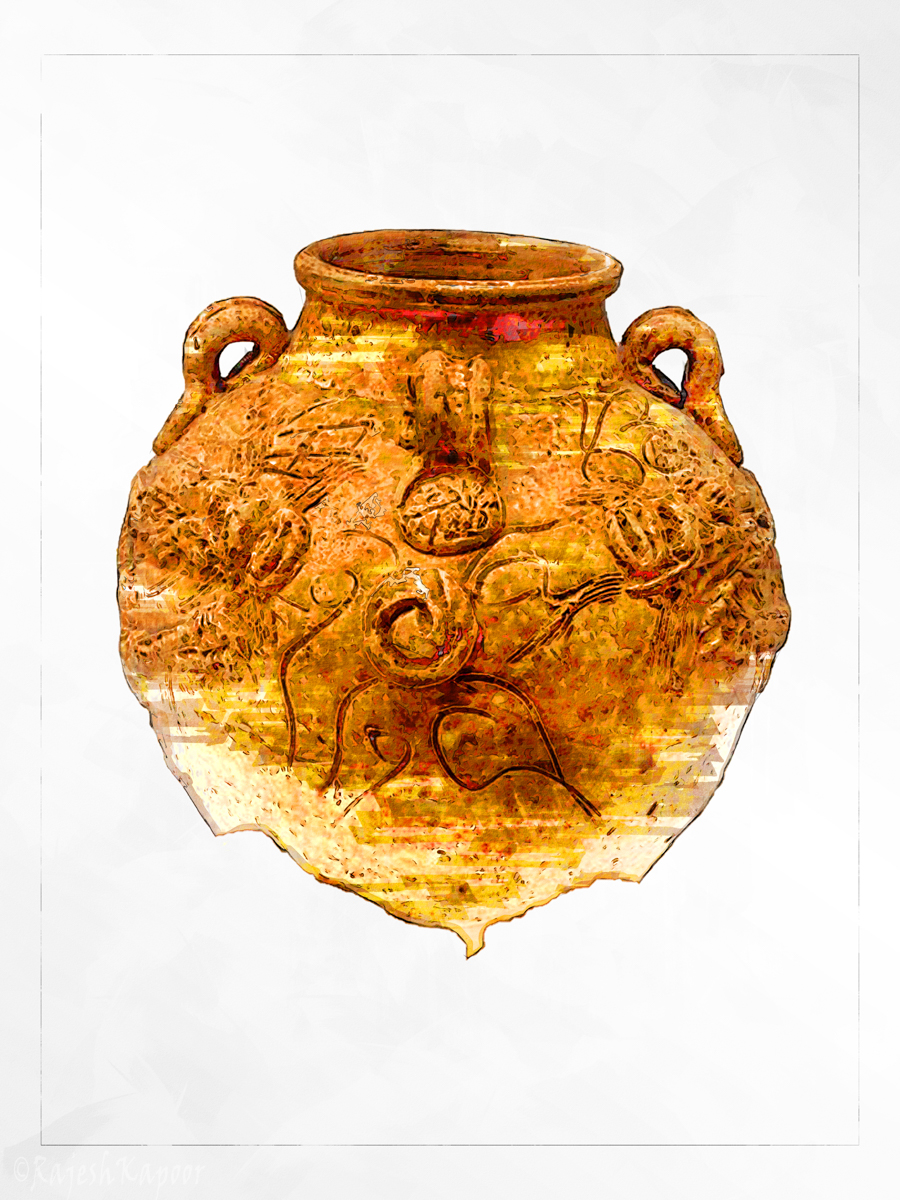
Martaban 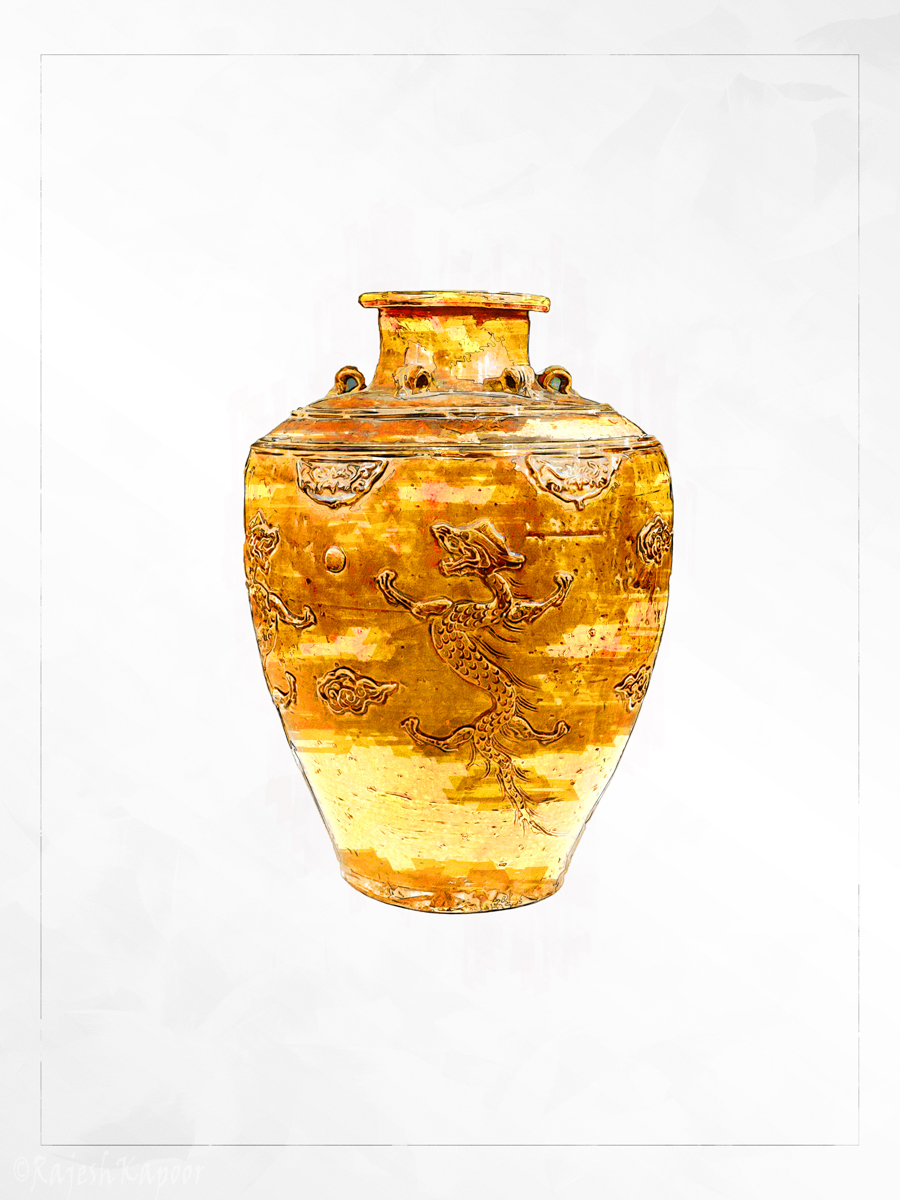
Martaban
While in Northern India, martaban typically refers only to the humble glazed ceramic pickle jars, the world over this refers to glazed ceramic vessels of all shapes and sizes, many of which are renowned for their beauty and ornamentation. They find place in museums the world over. These were primarily used for storing water or oil, even on ships. Some shipwrecks have yielded such martabans.
There has been some debate amongst the scholars whether these ceramic ware were indeed produced in Martaban or were they simply traded there. The considered view so far was that these were manufactured elsewhere and brought to Martaban, being a prominent trading centre to the west.
This was based on lack of any clinching evidence, in and around Martaban, of any ceramic related activity to produce these wares. However, in the past decade some discoveries have been made which challenge the current understanding. Myanmar Times in November 2012 reported that –
“Despite the popularity of the jars and their widespread distribution, no evidence of large-scale kilns had previously been found near Mottama (Martaban). The recent discovery of the kilns in Kawkareik and Kyaikmayaw could prove the jars came from the area around Mottama, rather than other proposed sites such as Twante in Yangon Region.”
So in all likelihood, these were produced locally in and around Martaban.
Join
Join our mailing list to receive updates from RajeshKapoor.com
You have Successfully Subscribed!
To protect against spam, this site requires that each email address be verified. You will receive an activation email. Click on the activation link to activate your subscription. Kindly check your junk email folder in case you do not receive the email in next one hour.